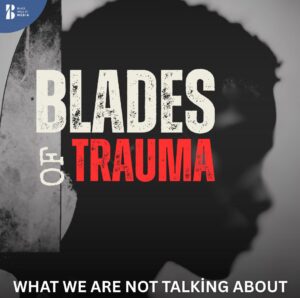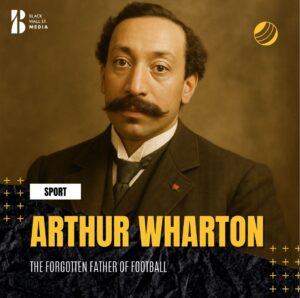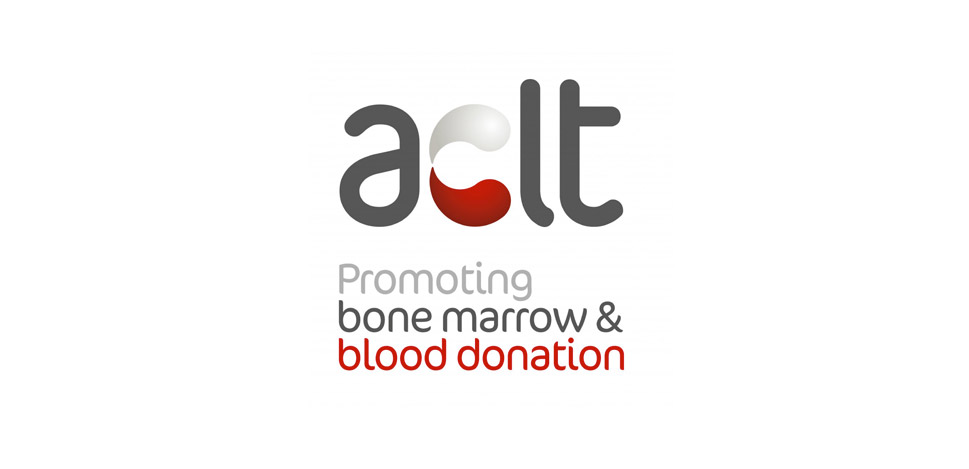EDUCATION
We need solutions not suspensions
“”
Anthony PeltierEducational Columnist

How children think and learn has been debated by many educational psychologists and theorists over the past decades.
The earliest work tends to focus on the early years of learning and not adolescent brain development. When studying for my Batchelor of Education, I read work by Piaget, Vygotsky, Wood, Meek and many more. All of which prepared me to teach children who had not yet formed those strong cognitive skills needed to assimilate knowledge and understanding.
So, what does that tell us about the adolescent brain?
Piaget proposed that intelligence grows and develops through a series of stages. Older children do not just think more quickly than younger children; instead, there are both qualitative and quantitative differences between the thinking of young children versus older children.
Vygotsky’s sociocultural theory asserts that learning is an essentially social process in which the support of parents, caregivers, peers and the wider society and culture plays a crucial role in the development of higher psychological functions.
These theories of learning tell us that the brain is still maturing through every stage of a child’s development and sometimes the lack of maturity presents as mood swings, surliness, impulsivity, poor decisions, insensitivity (or too much sensitivity), and more. Giedd, J (2008)
Most of the research on the adolescent brain focuses on the prefrontal cortex. The largest part of the brain, the cortex, is divided into lobes that mature from back to front. The last section to connect is the frontal lobe, responsible for cognitive processes such as reasoning, planning, judgment, and self-regulation—often called “executive” functions. This mental union is completed somewhere between ages 25 and 30—much later than once thought (e.g., Lebel, 2011).
So how can this information help us develop the adolescent brain as teachers?
Instructional, culturally rich, interactive teaching will keep the brain active while learning. By giving the learner time to think for themselves and challenge their thinking, helps them to develop the neural pathways that are vital for long-term learning and cognitive depth.
My research deduced that choosing to carry a knife, and deciding to use a knife, were two different types of neurocognitive behaviours.
Neither of these was made independent of the environmental factors associated with the person at the time of the manifesting behaviour. (It has been well documented that the activity in the brain is intimately intertwined with a person’s behaviour and mental processes).
Using the environmental argument, I believe we can further distinguish between two specific types of behaviours – pre-determined and reactive behaviours as two very different reasons to why the final choice is made.
- Pre-determined – this choice would have been given some thought in the young person’s mind because it’s cool or a friend has one or they feel powerful in possession of the knife out in the street.
- Reactive – this would more likely come about as a reaction to a heightened state of emotional conflict.
If the reasons that create the need for a young person to carry a knife is based on behaviour and their mental processes, it is fair to surmise that this behaviour can be changed through a style of teaching that involves a neuro-linguistic approach.
Bleed Education Training has been developed to use a 2, 3 and 4 dimension approach to teaching and learning:
- 2D teaching – instructional (teacher talk)
- 3D teaching – concrete (student experimenting with sensory learning)
- 4D teaching – practical (students participate in active practical problem-solving application learning using life-like resources)
By developing an understanding with the learner about the body and how easy a catastrophic bleed can occur, I firmly believe we can form retrieval information across the four memory types:
- working memory
- sensory memory
- short-term memory and
- long-term memory,
It is natural for people to recall experiences from memory prior to making decisions.
From a young age to adolescence and throughout adulthood we do this constantly. Even in our most heightened states, we still may rely on our sensory and long-term memory prior to any decision-making process.
Bleed Control Education embeds knowledge, understanding, and the causal effect with regards to the impact on the body because of a catastrophic bleed.
Our teaching approach allows information to be stored in the memory systems of the brain, which can then be retrieved consciously or unconsciously in a pre-determined behaviour situation or a highly emotional reactive situation.
Anthony Peltier
Bleed Survival Training
©IFGPublishing
Published by
Status is online
Anthony Peltier
Innovate for Growth CIC is about elevation through joint partnerships, shared resources and opportunities
Black Wall St. MediaContributor











